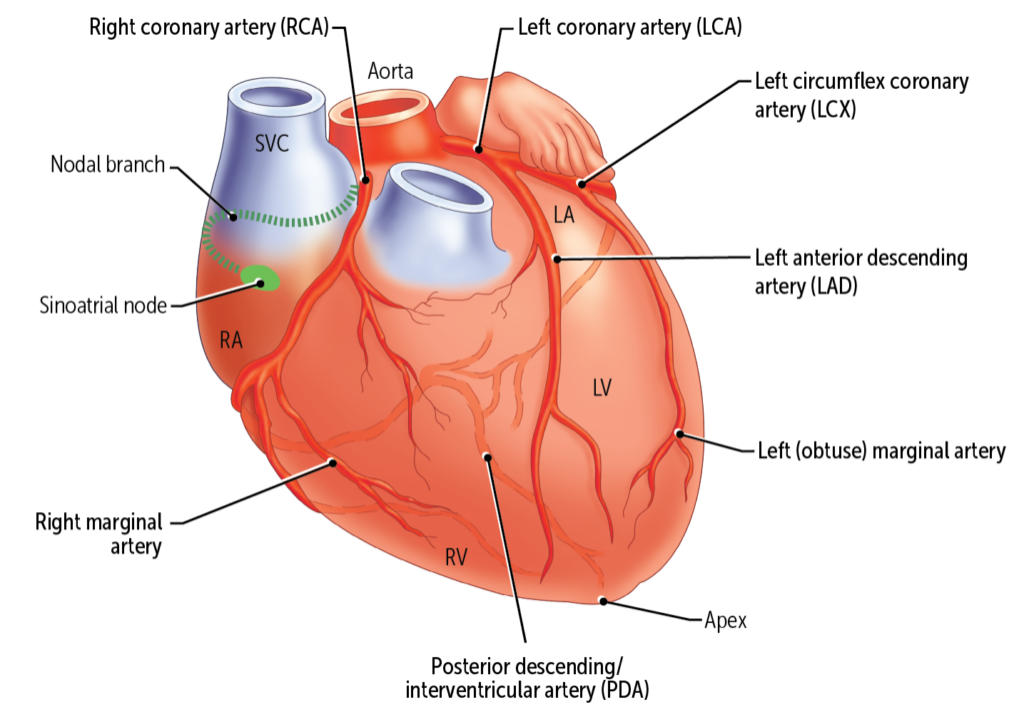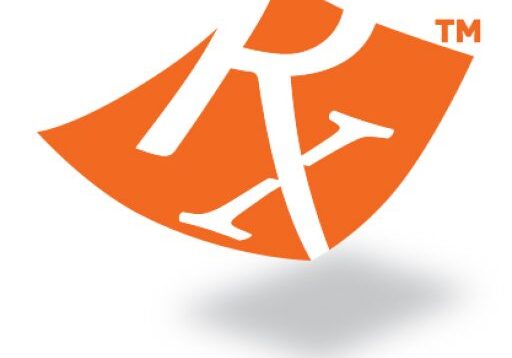Gallstones are the hardened precipitates—“stones”—of the substrates found in bile. The liver makes bile to help digest fats, and the bile is stored in the gallbladder. When there is an excess of a particular substance in the bile (eg, cholesterol or unconjugated bilirubin), gallstones form in the gallbladder.
Gallstones can be as small as a grain of sand, as large as a golf ball, or any size in between. Gallstones are very common and usually do not cause any symptoms. But not all gallstones stay in the gallbladder.
After listening to this AudioBrick, you should be able to:
- Define, compare, and contrast cholelithiasis, cholangitis, choledocholithiasis, and cholecystitis, listing the most common causes of each.
- Describe the structure and pathogenesis of cholesterol and pigment gallstones.
- List the major risk factors for development of gallstones, describe the typical clinical course, and list the potential complications.
- Distinguish acute and chronic cholecystitis, and describe the clinical presentation, signs, and lab abnormalities.
- Describe the treatment of gallstones and acute cholecystitis.
If you haven’t subscribed to the Rx Bricks Podcast, we suggest you do it today!
Head to the homepage for the Rx Bricks Podcast to hear the full episode and subscribe so that you’re notified when the next one drops.



